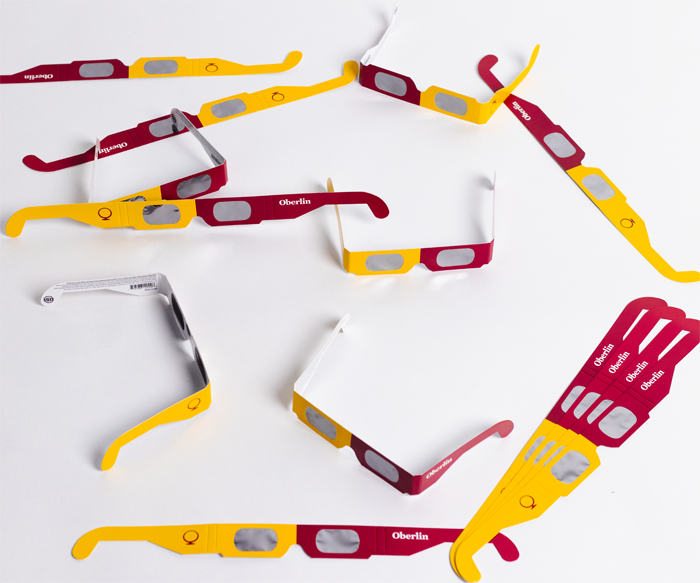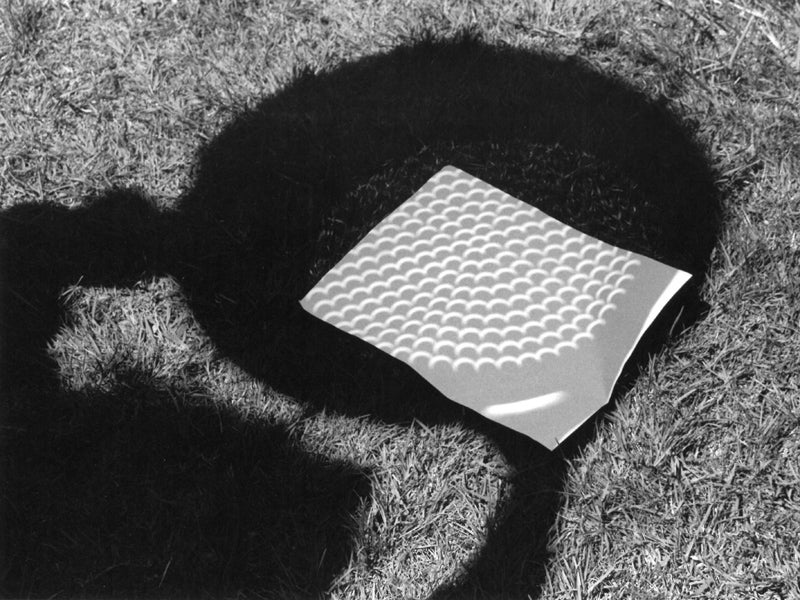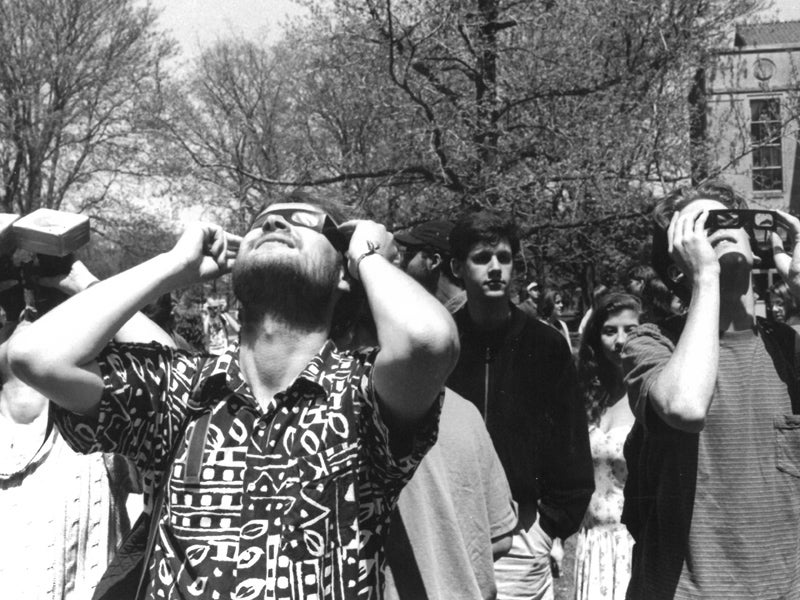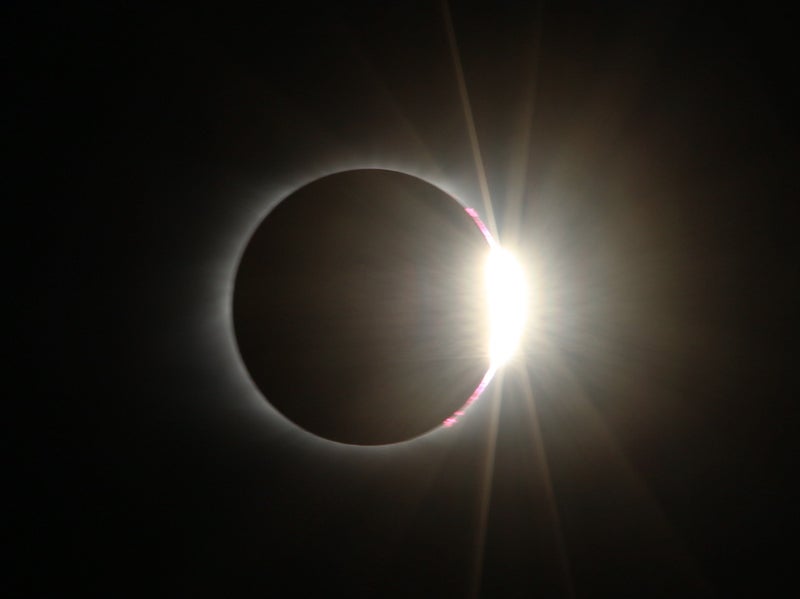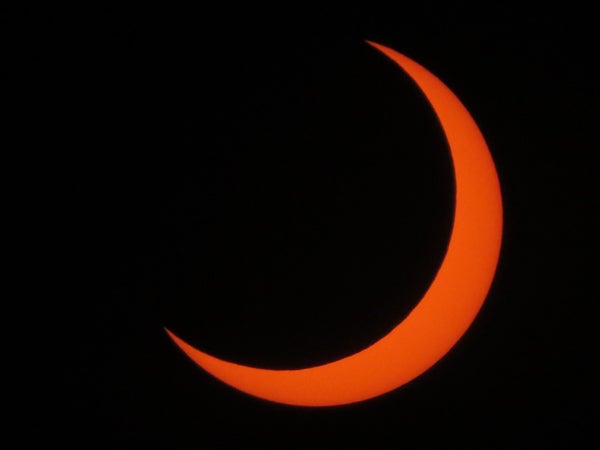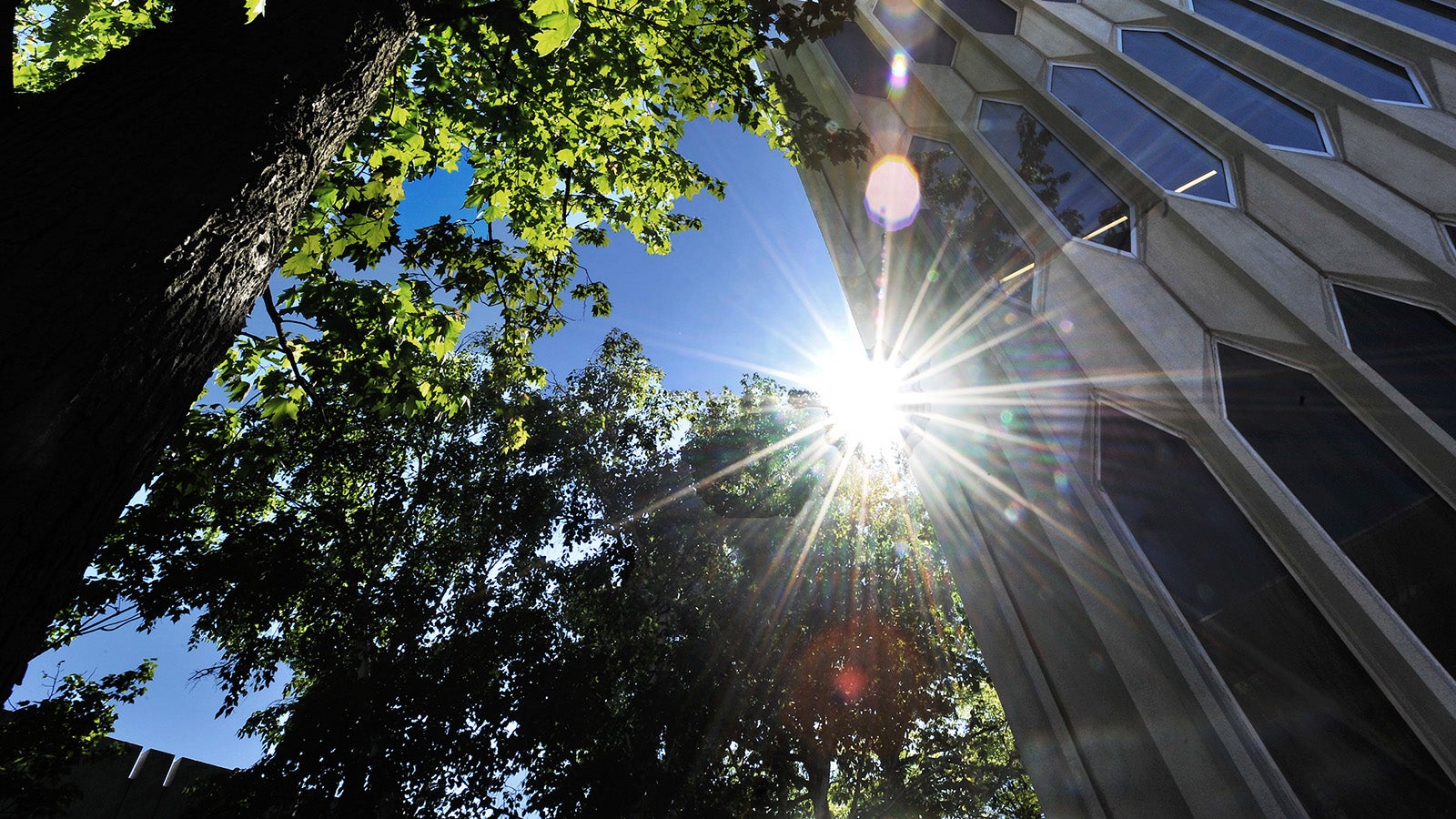
OCLIPSE
The 2024 Solar Eclipse at Oberlin
Photo credit: Walter Novak
Pro Tips from Oberlin’s Astronomers
It’s little surprise that two of Oberlin’s most venerable astronomers—Observatory and Planetarium Coordinator Dave Lengyel and Emeritus Professor of Physics Dan Stinebring—are geeking out over the upcoming eclipse.
Drop in on Stinebring and Lengyel as they highlight in this video why they’re so excited for April 8—and why maybe you should be too.
OCLIPSE Events
Details: Date, Time, and Location
Date
-
Time
-
Location
Science Center
Knit/Crochet/Craft Group
Details: Date, Time, and Location
Date
-
Time
-
Location
Crocker Park
Obie Express: Crocker Park
Details: Date, Time, and Location
Date
-
Time
-
Location
Mudd Center, Seeley G. (Terrell Main Library)

